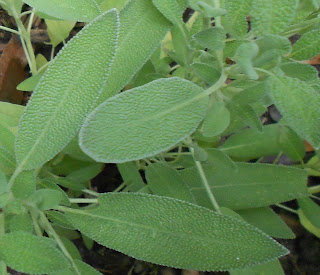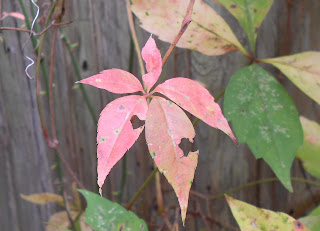This post is from an encore series on herbs first published this summer.
Origanum, the species to which both oregano and marjoram belong,
has been cultivated in one variety or another for centuries.
According to www.herbsociety.org/factsheets/oregano,
the ancient Egyptians grew origanum more than 3000 years ago,
and the Hittites engraved images of the plant even earlier: 1600 BCE.
The Herb Society fact sheet cites R. Le Strange 1977 and Ernest Small 1997
as saying the herb was often referred to as the "Prince of Herbs"
--probably because of its medicinal, culinary, and religious uses.
Alice M. Coats, in Flowers and their Histories,
says the ancient Greeks referred to the plant as
"joy of the mountains" and often decorated
the graves of their ancestors with the herb
because it was supposed to ensure a peaceful eternal rest.
Coats also says it was a popular wedding flower
because its sweet scent was said to be the result
of the herb having been touched by Venus herself.
Origanum vulgare, or wild marjoram,
is described as an English native by Coats.
She also cites Nicholas Culpeper,
who pronounced the herb 'exceedingly grateful,'
no doubt because of the herb's reputation as a healer of all sorts of infirmities,
most interestingly, ''wambling of the stomache.''
Elinour Sinclair Rohde in her book The Old English Herbals
says that 16th-century herbalist John Gerard
recommended wearing sweet marjoram
for those persons "who are given to over-much sighing."
oregano:
Coats also has an interesting story about origanum,
probably derived from Aristotle's observations
about origanum being an antidote to venom,
which I will paraphrase here:
It seems a tortoise would eat some of the herb before fighting serpents
because it gave him great strength.
But one day a serpent spied the tortoise fortifying himself,
and so cut it up and removed it to foil his advantage.
The tortoise found himself deprived
and therefore perished from the serpent's bite.
On a more positive note, Coats tells us that the herb
was also good for drawing out thorns and splinters
and healing toothaches.
The Herb Society describes a more romantic use,
one described in a number of their sources.
According to folklore,
if a young woman wanted to know who would one day be her husband,
she should place origanum in her bed before she slept.
Then in the night, Aphrodite would appear to her
and reveal his image.
Interesting that her prince charming appears to her
with help from the prince of herbs.
<>





















